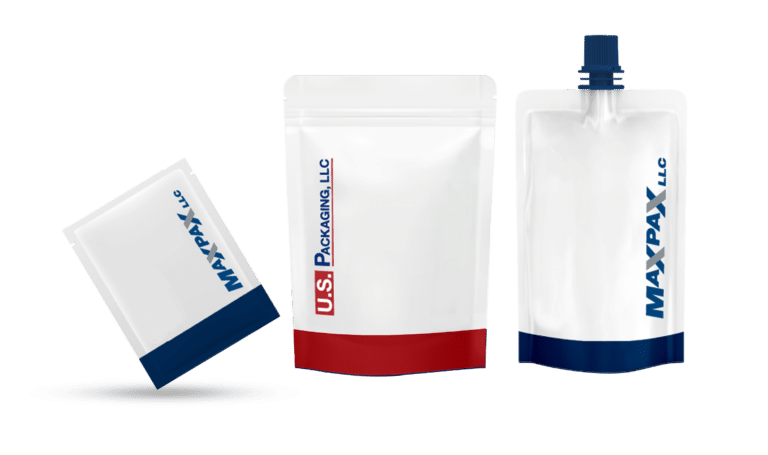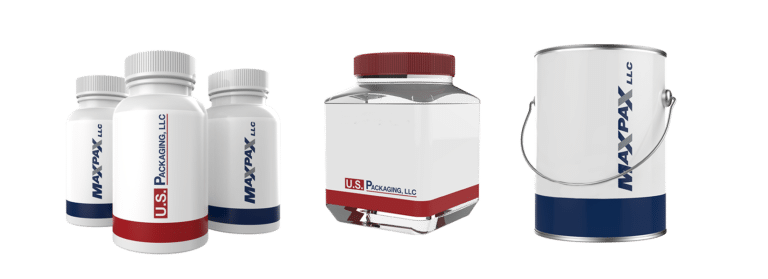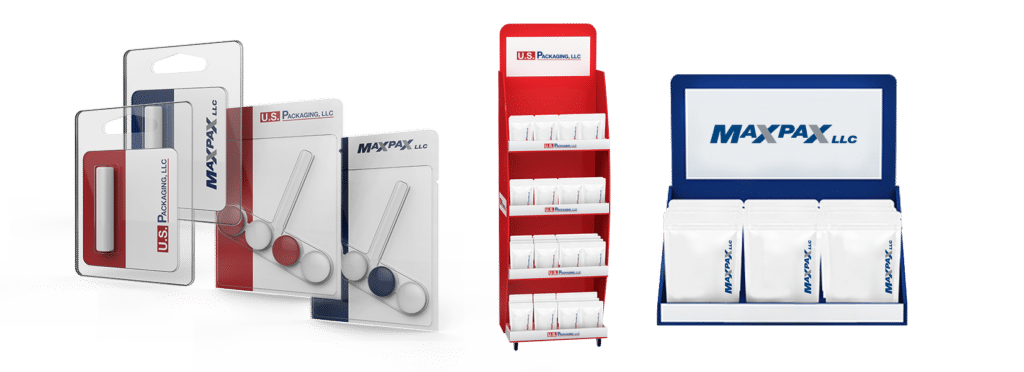
Food and beverage packaging plays a pivotal role in product success. Whether you’re a well-established CPG powerhouse or a startup scaling at lightning speed, your packaging strategy can influence everything—from production efficiency to shelf appeal and regulatory compliance.
This guide explores key food and beverage packaging considerations to help you make informed decisions that align with your brand goals and operational demands.
1. Functionality and Product Integrity
The primary purpose of any food and beverage packaging is to protect the product. Packaging must preserve shelf life, from keeping snacks fresh to preventing leaks in beverages, withstand distribution, and maintain product safety.
For brands producing high volumes of candy, condiments, drinks, or prepared meals, packaging must work seamlessly with automated lines while ensuring barrier protection, tamper resistance, and temperature durability. Packaging that scales with production, from pilot runs to full distribution, is crucial for startups.
2. Format Selection
Choosing the right format is a balancing act between user experience, brand identity, and operational efficiency. Popular packaging types include:
- Pouches & Stick Packs – Ideal for single-serve or on-the-go consumption.
- Cups, Canisters & Bottles – Common for beverages, powdered drinks, and dairy items.
- Trays & Tubs – Best for ready-to-eat meals, dips, and snacks.
High-speed form-fill-seal equipment helps large companies streamline production, while pre-made pouch filling solutions offer flexible options for scaling startups.
3. Material Matters
Food and beverage packaging materials must meet FDA standards, be compatible with the product, and offer the right combination of strength and sustainability. Materials include:
- Flexible films – Lightweight and cost-effective, often used in pouches and wraps.
- Rigid plastics – Durable and ideal for structural packaging.
- Eco-friendly materials – Biodegradable, compostable, or recyclable options are gaining traction with consumers.
Supply planners and external manufacturing managers need to weigh performance with environmental impact, especially as sustainability becomes a competitive differentiator.
4. Brand and Shelf Appeal
First impressions matter. Packaging is often the first point of contact between your product and the consumer. Eye-catching design, easy-open functionality, and consistency across SKUs create brand trust and drive sales.
Investing in packaging that stands out, while being functional and efficient to produce, is critical for brands competing in crowded categories like household items, automotive fluids, or CPG snacks.
5. Speed, Scale, and Flexibility
Whether it’s a seasonal SKU, a limited-time promotional run, or a new product launch, food and beverage packaging solutions must be agile. Contract manufacturers like MaxUS Operations offer turnkey support with:
- Short-run and high-volume capabilities
- Toll manufacturing and fulfillment
- Labeling, coding, and regulatory compliance
For startups and enterprise teams alike, flexibility in production equals faster time to market and less disruption in the supply chain.
Food and beverage packaging is more than a container—it’s an extension of your product, process, and brand. Whether optimizing your supply chain or scaling for growth, choosing the right packaging partner and solutions can give you a decisive edge in the CPG market.






